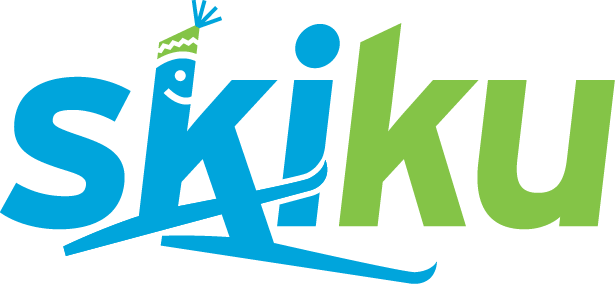Children in grades K-2 are very active and enjoy learning and exploring new ways to move and be active. Physical education will support the development of a wide variety of fine and gross motor activities that involve locomotion, non-locomotion, and manipulation of objects. Students will be engaged in a variety of physical activities that emphasize social interaction, future participation, and enjoyment of life-long physical activity.
Standard A
Demonstrate competency in motor and movement skills needed to perform a variety of physical activities:
- Perform various forms of loco-motor movement such as walk, run, slide, gallop, jump, hop, leap, and skip.
- Perform a variety of non-loco-motor skills such as balancing, bending, stretching, rocking, curling, twisting, turning, pushing, pulling, swinging, swaying.
- Jump and land in various combinations.
- Demonstrate balance on the ground and on objects, using bases of support other than both feet.
- Move with effort, time, force, and flow.
- Move in a variety of pathways (e.g. straight, curve, zig-zag).
Standard C
Participate regularly in physical activity:
- Participate in physical activity outside of physical education class.
- Identify appropriate physical activities for recess and outside of school.
- Attempt to perform new movement skills and activities.
Standard D
Apply fitness concepts to achieve and maintain a health-enhancing level of personal fitness:
- Understand and demonstrate the importance of a proper warm-up prior to physical activity.
- Utilize age-appropriate stretching techniques to increase flexibility.
- Explain ways the body responds to physical activity (e.g., sweating, increased heart rate, increased breathing).
- Demonstrate activities that develop muscular strength and endurance (e.g., climbing, weight bearing).
- Discuss the benefits of fitness (e.g., being fit allows me to ride my bike, why it is fun to move).
- Discuss the benefits of healthy food and beverage choices.
Standard E
Exhibit personal and social behavior that respects self and others in physical activity settings:
- Apply established class rules, procedures, and safe practices.
- Participate cooperatively in a variety of group settings (e.g., partners, small groups, large groups) without interfering or excluding others.
- Identify reasons for rules and procedures during physical activities (e.g., safety, equipment, directions).
- Demonstrate respect for self and others during physical activities (e.g., taking turns, appropriate etiquette, cooperation).
- Accommodate individual differences. (e.g,. ability levels, gender, ethnicity, disability among people, and physical activities of a variety of actions, culture, and ethnic origins).
- Describe appropriate reactions to threatening and/or emergency situations common to physical activity settings (e.g., bear or moose on playground).
- Understand the importance of dressing appropriately for outdoor physical activity (e.g., layering clothing during winter, sunglasses, sunscreen).
- Select appropriate safety equipment for specific physical activities (e.g., bike helmet, personal floating device).
Standard F
Value physical activity for health, enjoyment, challenge, self-expression, and/or social interaction:
- Celebrate personal successes and achievements as well as those of others.
- Exhibit verbal and non-verbal indicators of enjoyment (e.g., cheering, smiling, giving high five)
- Name physical activities that are enjoyable.
- Identify feelings resulting from challenges, successes, and failures in physical activity (i.e., happy, scared, angry, sad).
- Attempt new activities.
- Continue to participate when not successful on first try.
- Try new movements and skills willingly.


